Fraser Island’s miraculous recovery after horror bushfire
Two years on from the bushfires that tore through half of Fraser Island, the residents have witnessed its incredible rejuvenation.
Fraser Coast
Don't miss out on the headlines from Fraser Coast. Followed categories will be added to My News.
Charred trees, townships under threat from raging bushfires and almost a million litres of water and gel dropped from above.
For Michelle Worcester from Cathedrals on Fraser, the bushfires that tore through half of the 182,000ha of the World Heritage Listed Fraser Island (K’gari) in 2020 don’t seem like that long ago.
But the evidence that two years have passed is all around her in the regenerated bushland that has emerged after the fire that burned for six weeks.
The blaze, started by an illegal bushfire on October 14, 2020, near Orchid Beach at the northern end of the island, set an unwanted record.
It was the largest recorded fire in the island’s history, burning through 87,000ha of land.
Two years ago, campers were told to flee the Cathedrals campground on the eastern side of the island, as the blaze drew near and everyone was evacuated.
Happy Valley also came under threat, with residents of the tiny township standing shoulder to shoulder with firefighters to save their businesses and homes.
It came in the middle of the Covid-19 pandemic in a year that Ms Worcester remembers as “very disruptive”.
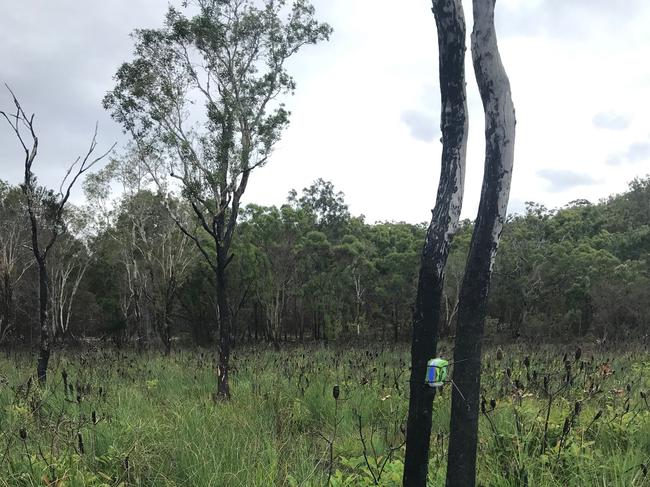
She had been taking bookings from tourists returning from interstate when the fire shut the entire island down.
In all, Ms Worcester said despite the threat of the fire, she felt “very fortunate”, with only one sign being burned.
“It was well handled,” she said.
“We were very happy with the help from the rangers and the rural fire brigade who came to help, we felt very protected.”
In the two years since, she has watched the island’s rapid recovery.
“Within a couple of weeks it was vibrant green, everything was reshooting,” Ms Worcester said.
“You wouldn’t even know there’s been a fire.
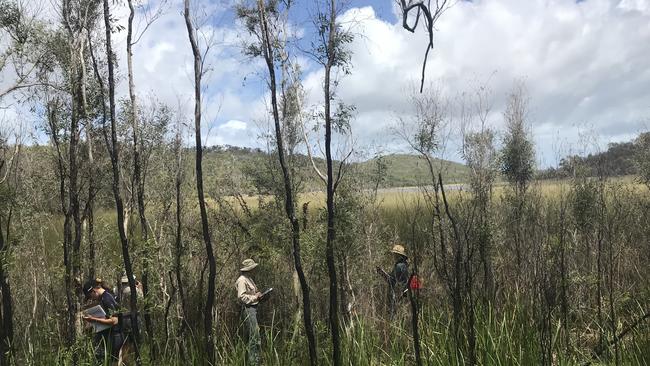
“It even feels cleansing, new growth came through and it looks better than ever.
“By and large, the island looks great.”
The island’s wildlife had not appeared to fare too badly, Ms Worcester said.
She said she still saw plenty of dingoes around, as well as goannas.
And business had been great.
Island resident David Anderson has also witnessed the rejuvenation of the island and said it was testimony to its ability to recover from any kind of disaster, whether natural or man-made.
“It’s amazing,” he said.
“If you weren’t aware of the history and you couldn’t see some black stumps in among it, you’d hardly know there had been a fire.
“All the wildflowers have grown up, the trees had new growth on them, all within, well, probably the first lot of rain after the fire the green shoots started appearing.”
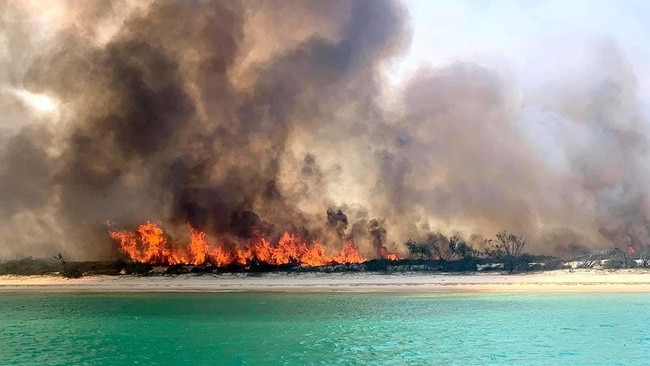
Mr Anderson said some places would never be the same as a result of the fire.
“You can’t expect that they would be,” he said.
There would be changes as a result of bigger trees that were scorched and died, he said.
But new trees were coming through to replace them.
“It will never be the same as it was, no one is suggesting it can be, and there may be some species that are lost in certain areas but not all over the place.
“It’s a great recovery.”
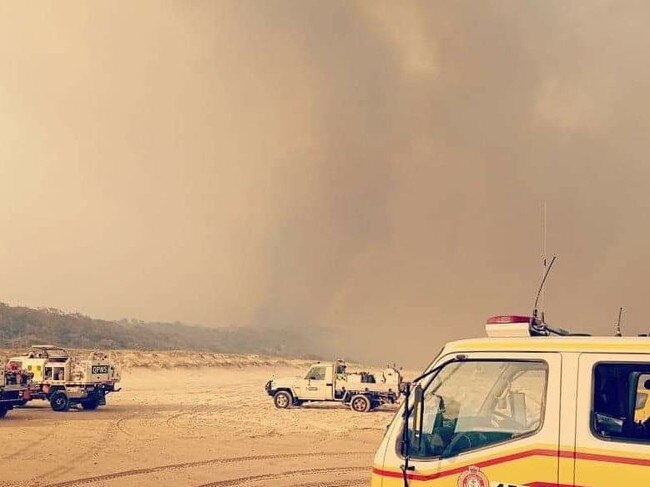
Mr Anderson was also optimistic about the ability of wildlife to be able to escape the fire, being able to “run, crawl, slither away”.
“We don’t have a koala population on Fraser Island, so we didn’t lose any koalas, because there were none to lose,” he said.
“Most of the animals and certainly the dingoes were smart enough to run away from the fire and a lot of the smaller population too.”
The impact on birds was unknown because even though they could fly away, nests in the affected parts of the island would have been impacted.
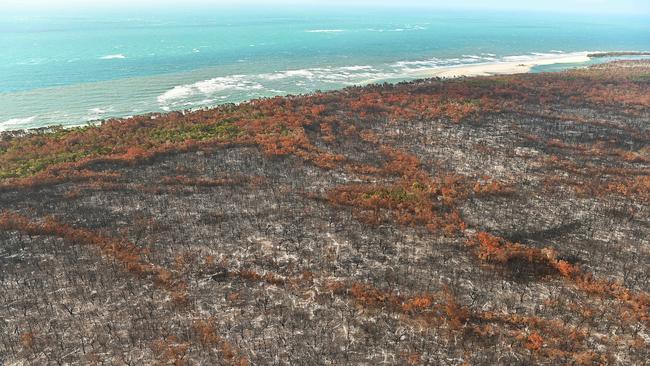
A Department of Environment and Science spokesperson said the island had recovered extremely well.
“Regrowth appeared in fire-affected areas just days after the fire passed through and recovery is now well established in the areas that were affected – in many areas leaving little evidence of the fire itself,” he said.
“Comprehensive ecological assessments with Butchulla representatives that occurred in the months after the fire found the fire-adapted flora regenerated or reseeded in fire affected areas, with overall assessments indicating there will be no major long-term impacts on the island’s flora and fauna.
“There is no evidence to suggest the wongari (dingo) population on the island has been negatively impacted by the fire.
“Signage throughout the island clearly spells out the dangers of fire on the island, as does Queensland Parks and Wildlife Service education and promotional material.
“Most visitors to K’gari understand these dangers and do the right thing, however penalties can apply for visitors who break the law in this regard.”
In the case of the October 2020 fire, two people were subsequently fined more than $2000 when they appeared in Hervey Bay Magistrates Court on charges relating to the fire.




